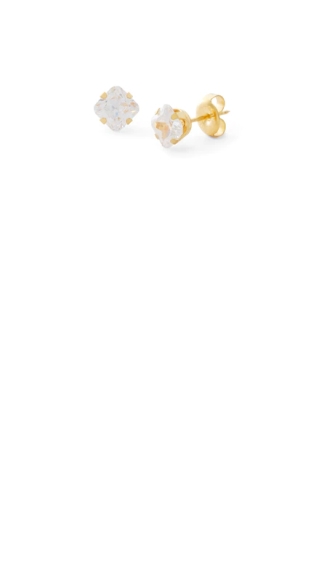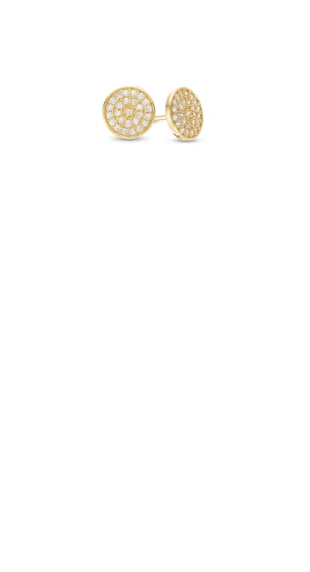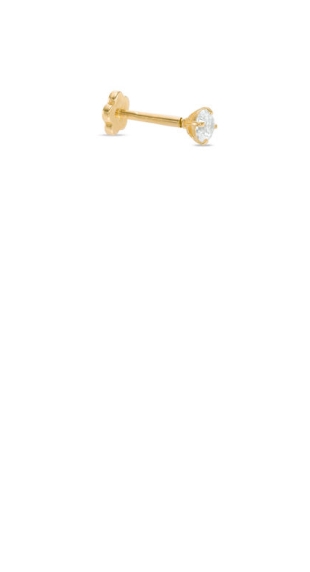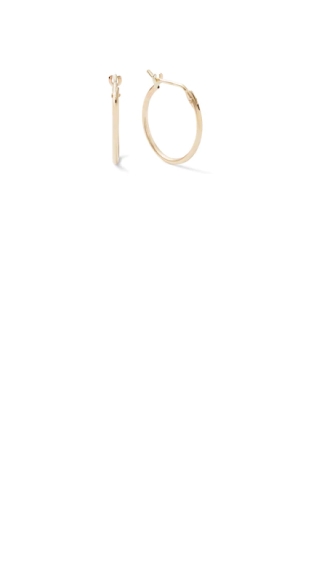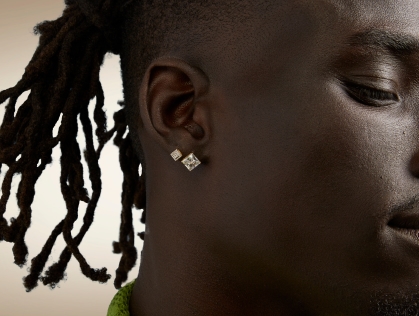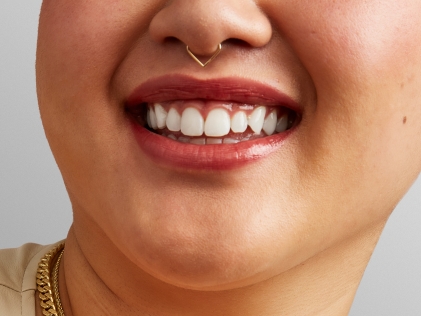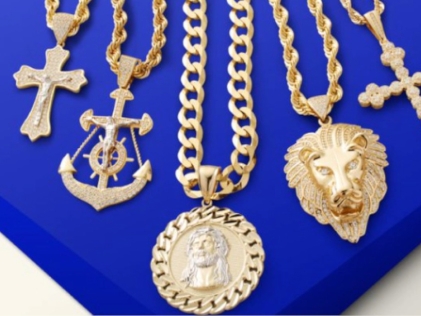
UNDERSTANDING
GOLD KARATS
Not all gold is created equal. Learn more about the karat system and how to choose gold jewelry that reflects your inner glow.
WHAT DOES KARAT MEAN?
If you’ve ever shopped for gold jewelry, you’ve probably heard the word ‘karat’; if you’ve ever shopped for diamonds, you’ve probably come across the word ‘carat’. While they are pronounced the same, carat refers to one of the 4Cs used to determine the value of a diamond, and karat is used exclusively for gold.
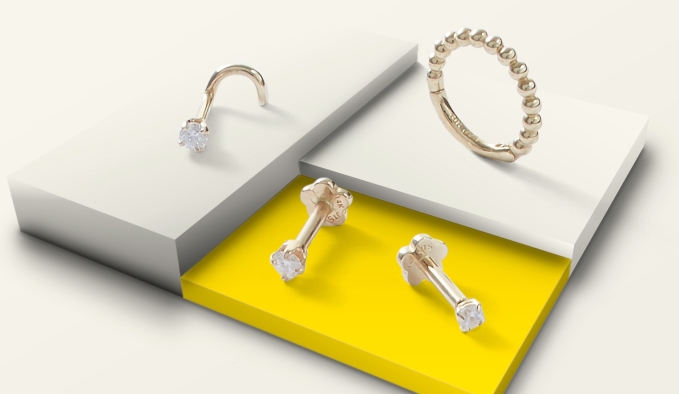
In a nutshell, a karat is a measurement of the fineness of a piece of gold. 24K is gold in its purest form that has not been mixed with any other metals. Because pure gold is soft and malleable, other metals are added to it to create alloys that are used in jewelry. The lower the karat, the less pure gold there is in the alloy.
CHOOSING THE RIGHT KARAT
Understanding what the most common gold karats mean and how it affects price, quality and value is the key to finding a piece of gold jewelry that works for you. When it comes to jewelry, quality and value don’t necessarily go hand in hand. While 24K gold is the purest and most valuable, it isn’t the best choice if you want a quality piece of gold jewelry you can actually wear—and that’s the whole point, right?
Here’s what you should know about karats to make the best choice for you:
HOW TO TELL IF GOLD IS REAL
From 10K to 24K, all forms of gold are considered “real” gold because they all contain a percentage of gold in its purest form in addition to other metals. That being said, there are other metals that can look like gold at first glance so it’s important to make sure your jewelry actually contains karat gold.
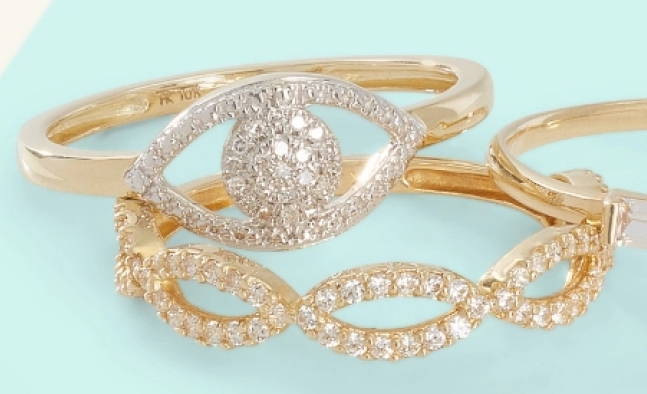
Every piece of genuine gold jewelry should have a “hallmark” or stamp that identifies the metal mixture. In the example of 14K gold, common hallmarks are 14K, 14Kt, 14K 585 or simply 585. If there is no stamp directly on the jewelry, it may be labeled on the packaging.
Some jewelry can also come gold plated with a base metal like sterling silver coated with a thin layer of 10K, 14K or 18K gold. Plated jewelry can be a great option for anyone on a budget as it’s more affordable than solid gold jewelry. If the jewelry is plated, it will be indicated with a stamp such as GF.
One way to test if your gold jewelry is real at home is to drop it into a jug of water. Real gold is a dense metal that should fall directly to the bottom. Imitation gold or a piece that is only gold plated will float closer to the top.
WHITE GOLD & ROSE GOLD
When gold is mined from the earth, it has the signature yellow color you associate with gold. White gold and rose gold are not natural metals, so while they are still considered “real” gold, they don’t come in 24K. Instead, white gold and rose gold are specific alloys that give them their unique color.
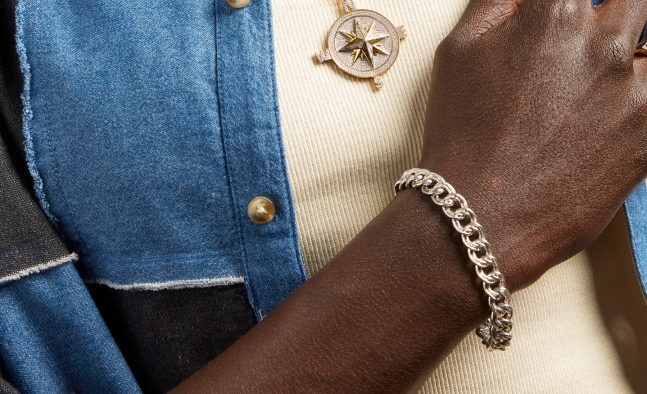
White gold is an alloy containing a mix of palladium, platinum, and silver. It’s also always coated in rhodium to eliminate any yellow sheen that is lingering from the gold. Rhodium gives white gold its pure white gleam and a little added strength to protect the soft metal underneath.

Rose gold is an alloy of silver and copper that is less prone to damage than white or yellow gold thanks to the durability the other metals add. It’s also less prone to tarnish and doesn’t require a coating to maintain its pink color.



 They will be on video but won't see you.
They will be on video but won't see you. Make sure to enable your mic if prompted.
Make sure to enable your mic if prompted. Language:
Language:

